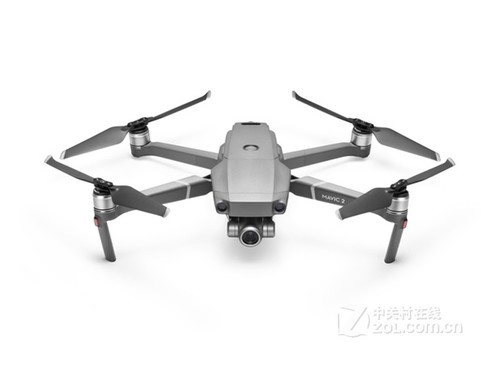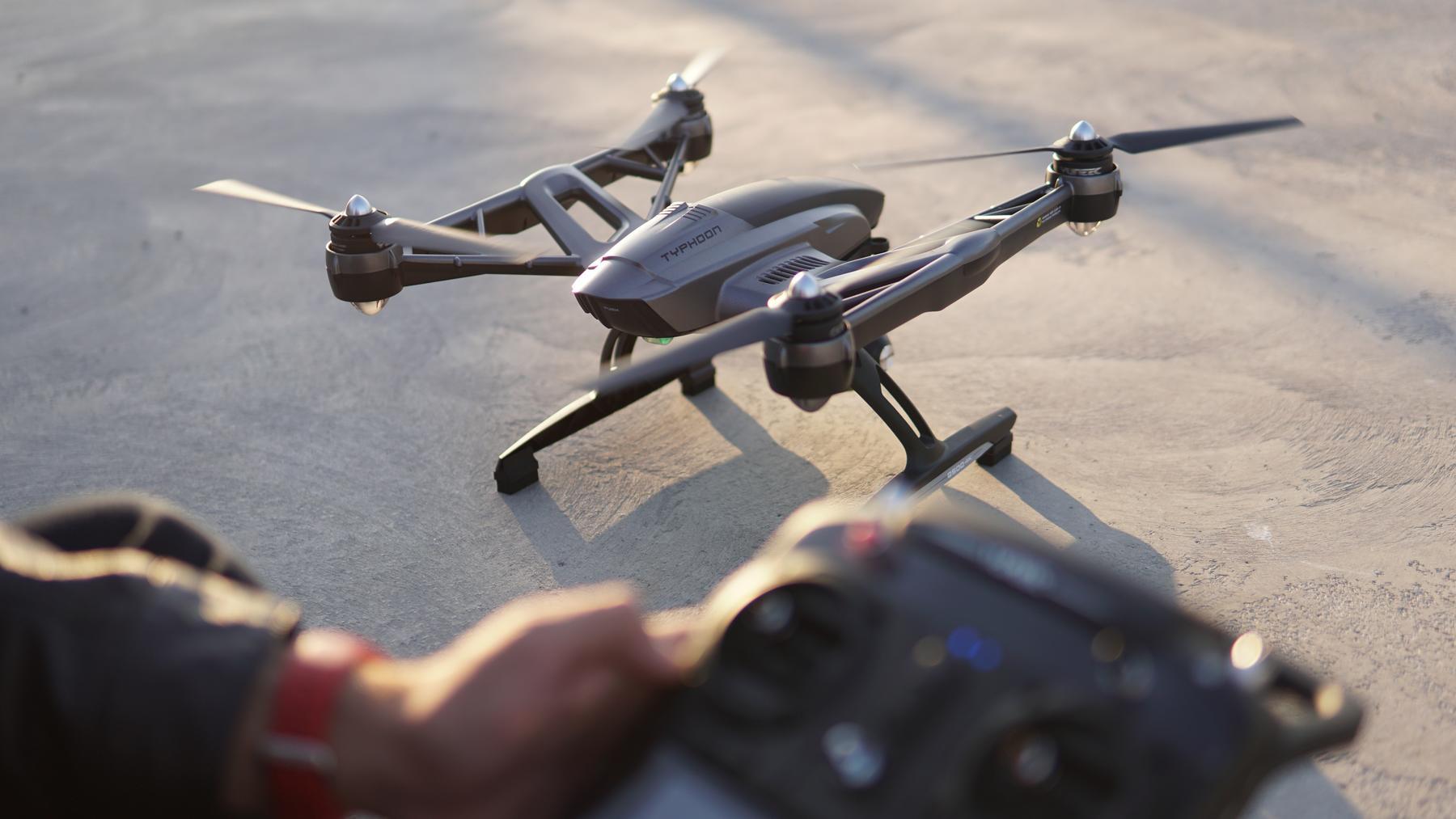In recent years, drone radar technology has emerged as a pivotal component in modern surveillance systems. The integration of radar technology with unmanned aerial vehicles (UAVs) offers a multitude of advantages, enhancing the capability of both military and civilian operations to monitor and secure expansive areas. With the ability to detect, track, and identify objects at long distances in various weather conditions, drone radar is revolutionizing the realm of surveillance.
Understanding Drone Radar Systems
Radar systems in drones are designed to accomplish several critical tasks. The fundamental principle relies on transmitting radio waves and receiving reflections from objects to ascertain their position, speed, and direction. This mechanism is particularly valuable in environments where traditional surveillance methods might be ineffective, such as during the night or in adverse weather conditions.
Additionally, drone radar systems can be categorized into various types, each designed to fulfill specific roles. For instance, Synthetic Aperture Radar (SAR) provides high-resolution imaging, ideal for mapping landscapes or identifying terrestrial features. Conversely, Doppler radar is adept at measuring velocity, which is crucial for monitoring moving targets, thus making these systems indispensable in security operations.
Applications in Surveillance
The application of drone radar extends across numerous sectors. In military usage, these systems allow for intelligent reconnaissance and target acquisition, providing operatives with crucial real-time data. Civilian sectors also benefit significantly; law enforcement agencies utilize drone radar for crowd monitoring, traffic management, and border security.
usage, these systems allow for intelligent reconnaissance and target acquisition, providing operatives with crucial real-time data. Civilian sectors also benefit significantly; law enforcement agencies utilize drone radar for crowd monitoring, traffic management, and border security.
Moreover, the environmental sector exploits these technologies to track wildlife, monitor deforestation, and predict natural disasters. The versatility of drone radar systems positions them as a powerful tool for gathering and analyzing critical data across diverse fields.

Advancements Driving the Future
Technological advancements continue to propel the capabilities of drone radar systems forward. Innovations in radar miniaturization have made it feasible to equip even smaller drones with powerful radars, thereby expanding their applications and maneuverability. Artificial intelligence and machine learning are also being integrated to improve the accuracy and processing speed of data, facilitating more complex operations and decision-making processes in real-time.
Furthermore, the development of multi-domain radar systems is underway, enabling drones to switch seamlessly between different radar functions based on the situational demands. These advancements are not only boosting the efficiency of surveillance operations but are also setting new standards for how we perceive and utilize aerial monitoring technologies.
Challenges and Considerations
Despite their benefits, integrating drone radar systems is not without its challenges. The key concerns revolve around privacy issues, airspace regulations, and the potential for misuse. These challenges necessitate comprehensive policy frameworks and robust ethical standards to ensure the responsible use of drone radar technologies.
Moreover, the operational cost and maintenance of advanced radar systems can be substantial, posing a barrier for widespread adoption across smaller organizations or regions with limited budgets. Addressing these challenges is crucial for maximizing the potential of drone radar systems in surveillance.
FAQs about Drone Radar Integration
What is the range of a typical drone radar?
The range of drone radar systems varies widely based on their type and application, with most systems capable of detecting objects up to several kilometers. Factors such as radar power, environmental conditions, and target size can influence effective range.
How do drone radars enhance security operations?
Drone radars enhance security operations by providing real-time data acquisition, enabling precise monitoring, and tracking of potential threats. They offer expanded coverage and improved accuracy, crucial for timely decision-making and response.
Are there legal restrictions on using drone radar?
Legal restrictions on drone radar usage can differ by region, primarily focusing on airspace laws and privacy regulations. Operators must ensure compliance with local laws to prevent unauthorized surveillance and data collection.